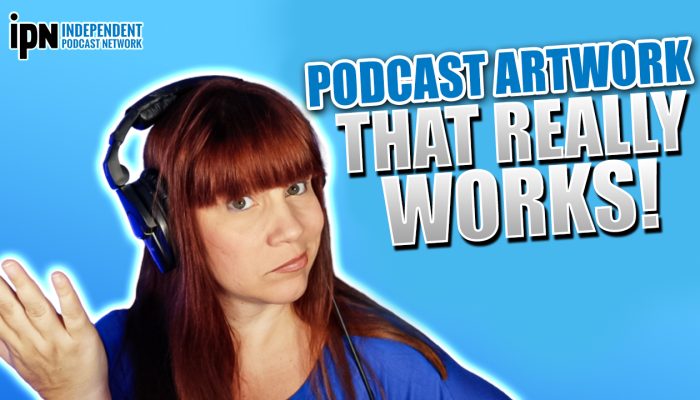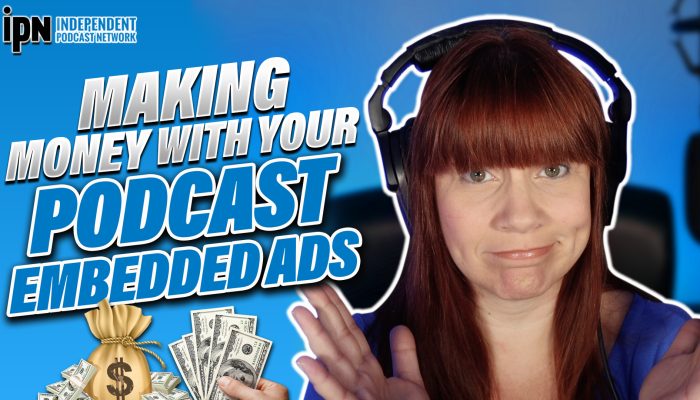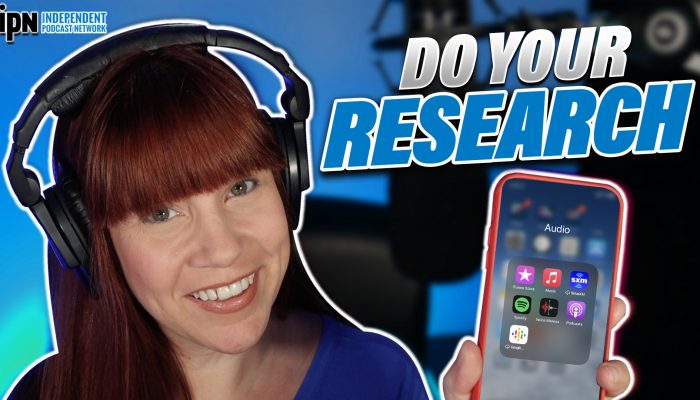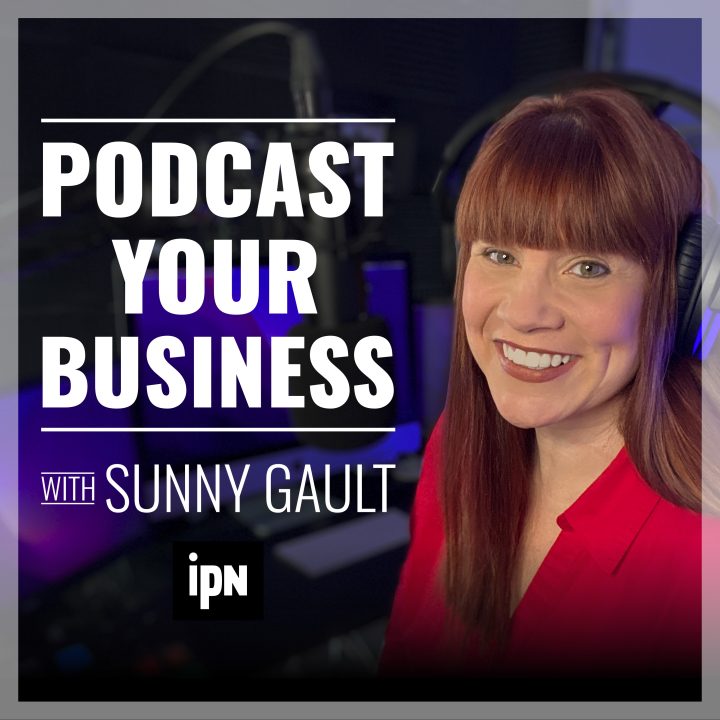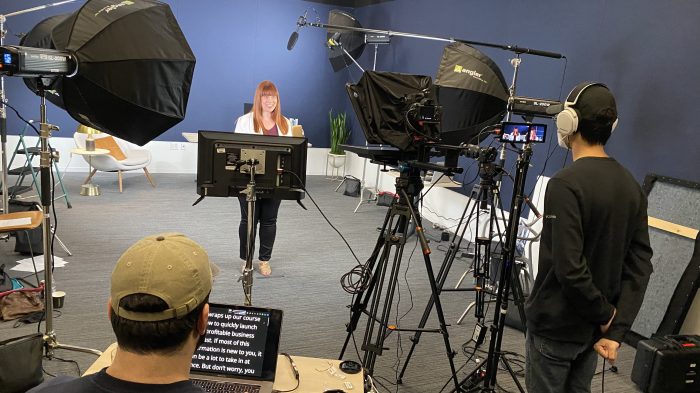
So, you’ve got the voice, the ideas, and maybe even a snazzy podcast name picked out – but what about the tech? If the thought of forking out for a supercharged, LED-lit, beast of a computer has you sweating bullets, fear not! The road to podcasting glory doesn’t necessarily begin with an empty wallet and a supercomputer.
Assessing Your Podcast Editing Needs
Your podcast is unique, just like you, and figuring out what it needs editing-wise will determine whether your current computer is ready for the job. Here’s a guide to pinpointing your podcast editing needs:
- What’s Your Podcast’s Vibe: If you’re keeping it chill with laid-back interviews and straightforward chats, you won’t need to do much heavy lifting editing-wise. But if you’re dreaming of weaving complex stories with all the bells and whistles, you’ll need more oomph from your editing toolkit—and maybe from your computer too.
- How Often Are Publishing New Episodes: The more content you’re putting out there, and the longer your episodes are, the more time you’ll spend editing. That could mean you’ll want a computer that can handle the workload without slowing you down.
- Do You Need Multi-Track Capabilities: As you increase the number of actively recording mics, the computing power you need goes up directly alongside it. You’ll need a computer that can record from as many mics as your show needs.
- Are You Already Experienced With Editing: Your tech skills matter too. If you’re just starting, a simple setup could be your best friend. But as you level up your skills, you might crave more advanced tools, which could call for a hardware upgrade.
- How Big is Your Team: Flying solo is one thing, but if you’re teaming up with others, consider if you need software that lets you collaborate without a hitch. That could sway the kind of computer setup you need.
System Requirements for Podcast Editing
Now, every podcast editing software has different system requirements. So, let’s break down some of the key specs you should look at when assessing a computer for podcast editing.
Processor
A faster processor means quicker handling of audio processing tasks. Aim for:
- Minimum: Any processor with a base speed of at least 2.5GHz gives you enough power to run basic software using one or two tracks without any lagging.
- Better: Stepping up to a processor with a base speed of 3.0GHz will give you a smoother experience and the capability of running a few more tracks before you start to get lags.
- Ideal: If you need a fully reliable processor, 3.5GHz should ensure you can run the latest software without much risk of crashes caused by lagging.
RAM
More RAM allows you to work with more tracks and plugins simultaneously without slowing down. Here are the RAM specs you should aim for:
- Minimum: Most laptops give you at least 8GB of RAM. That’s usually going to be a little low on Windows computers, but Macs can make do with just 8GB of RAM if you’re only using basic plugins.
- Better: 16GB of RAM is what most desktop computers have. This gives you enough power to run most current programs smoothly, but expect to have to upgrade in the next few years.
- Ideal: 32GB of RAM is plenty for any plugin today and the plugins of tomorrow as well. It’ll also support you if you decide to grow your podcast and add more microphones.
Storage
Audio files take up a lot of space when looking at hours of precut files. And, not every hard drive is made the same. Always look for a computer with a Solid State Drive (SSD) and avoid those with a Hard Disk Drive (HDD). SSDs run much faster than HDDs, which lets you access, move, and use your audio files better. It’s one of those techy things that does make a big difference.
Connections
When it comes to connections, the more the better for podcasting. Always look for USB-C and USB 3.0 ports on your computer. From these connections, you can use adapters for almost any other type of connection you need. You can also get extenders that turn one USB slot into multiple, so as long as you have one or two USB 3.0 and at least one USB-C port, you’ll be able to work with almost anything.
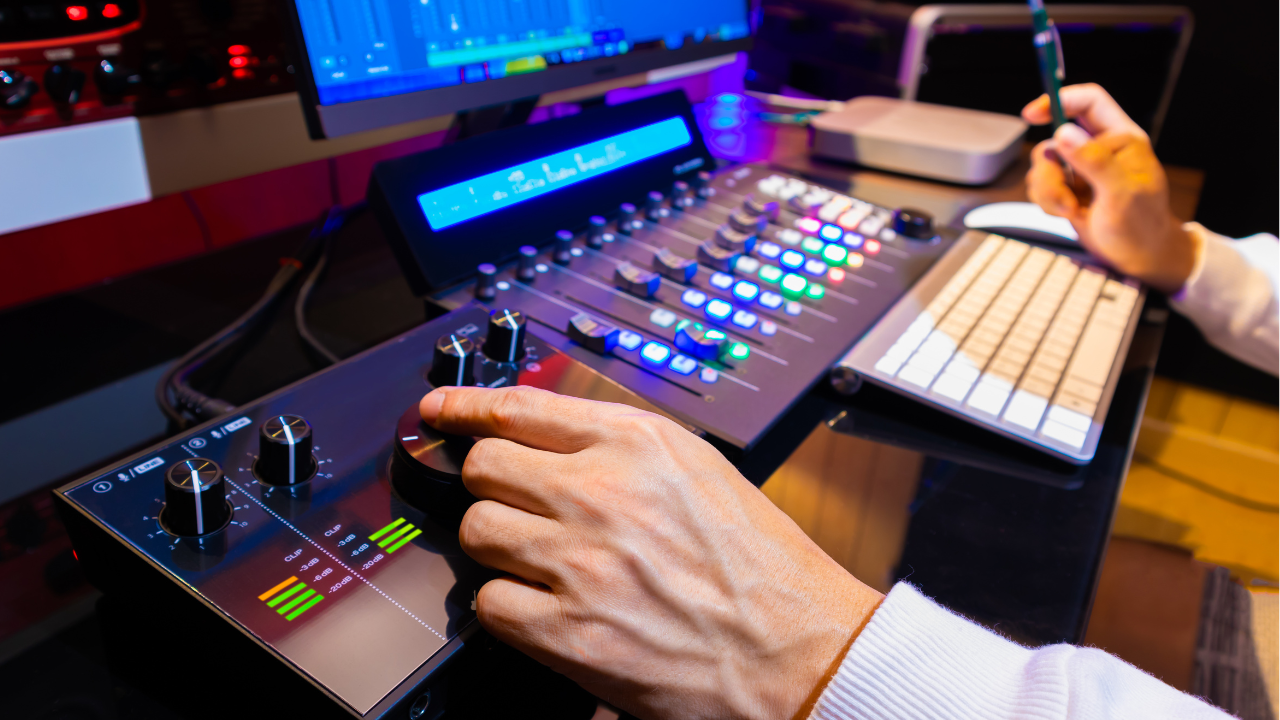
Cost-Effective Alternatives
When budget constraints are real, and you’re trying to keep your podcast’s production costs down, some savvy alternatives can save you from splurging on a high-spec computer setup.
Edit Your Podcast on Your Smartphone
Believe it or not, your smartphone is a powerful tool that can handle the basics of podcast editing. Starting editing your podcast on your smartphone by:
- Find the Right App: Look for apps like Spotify for Podcasters, Spreaker Studio, or Ferrite Recording Studio designed for podcast production.
- Optimize Your Workflow: While you won’t have all the bells and whistles of a full DAW, focus on straightforward editing tasks like trimming, adding music, and basic sound balancing.
- Consider Add-Ons: If you’re serious about smartphone editing, consider investing in a good external microphone compatible with your phone to up the audio quality.
Hire a Professional Audio Editor
Sometimes, it’s best to leave it to the pros. Here’s why hiring a professional audio editor and avoiding the cost of a new computer could be the best decision for your show:
- Time-Saving: Free up your time to focus on content creation and other aspects of your podcast.
- Professional Quality: Benefit from the expertise and refined ear of someone who edits audio for a living.
- Scalability: As your podcast grows, a professional can adapt to your changing needs.
Use a Web App Audio Editor
Web-based Digital Audio Workstations (DAWs) provide an accessible middle ground between smartphone apps and professional software. These alternatives run directly in your browser which means your computer doesn’t need to do the heavy lifting. Here are a few web app DAWs you can try:
- TwistedWave: A browser-based audio editor that’s simple to use and great for quick edits.
- Soundation: Offers a more collaborative approach to audio editing with an interface that’s easy for beginners to navigate.
- Soundtrap by Spotify: Geared towards musicians and podcasters, it offers a collaborative platform with a variety of built-in loops and sounds.
- Auphonic: More of an audio post-production tool, it automates many aspects of audio editing and is excellent for improving overall sound quality.
Conclusion
From basic setups that work wonders for the solo podcaster to beefier systems that cater to the more complex, collaborative shows, there’s a solution out there for every style and budget. It’s not about having the fanciest gear; it’s about understanding your needs and making smart choices that let your content shine. So go ahead, start with what you have, grow as you go, and let your podcasting journey evolve as organically as the conversations you’re eager to share.
